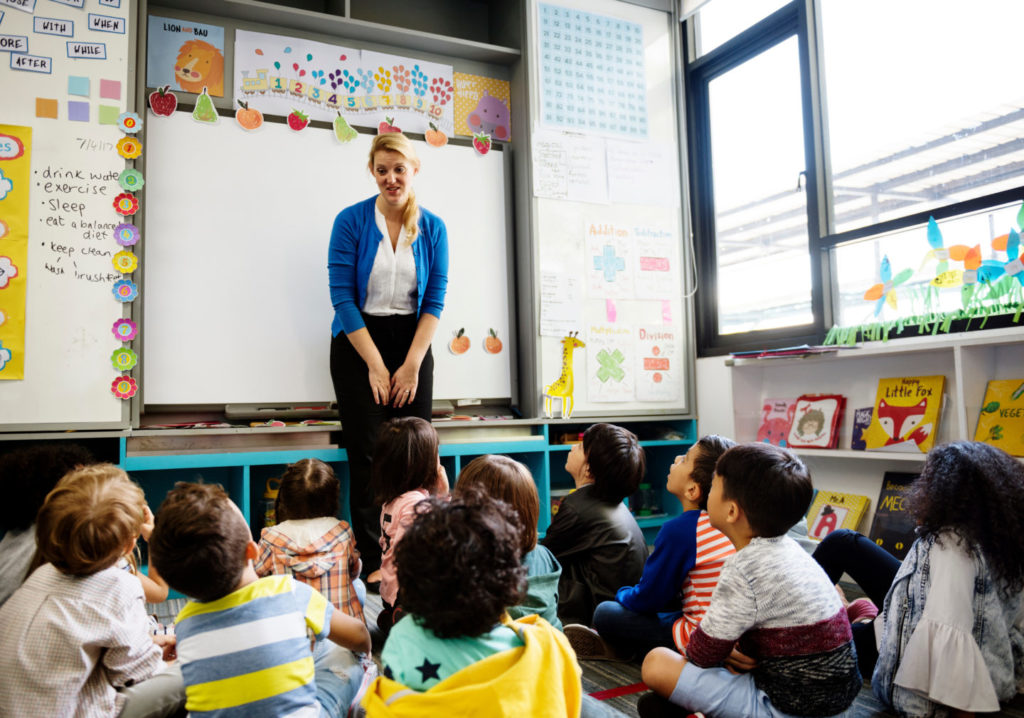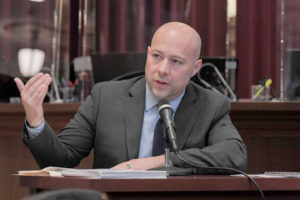‘Rearranging deck chairs on the Titanic’: New Mexico governor announces $100 million for pre-K education, ignoring experts who say it won’t help
New Mexico Gov. Michelle Lujan Grisham Wednesday announced a $100 million addition to its pre-K program, despite experts questioning the efficacy of such programs.
“Today is a major…

New Mexico Gov. Michelle Lujan Grisham Wednesday announced a $100 million addition to its pre-K program, despite experts questioning the efficacy of such programs.
“Today is a major step in securing universal PreK access for four-year-olds and a huge leap in access for three-year-olds in our state,” the governor wrote in a press release. “Today, we are leading the nation in creating lasting, generational opportunities for New Mexico families and young children.”
However, the Land of Enchantment historically hasn’t done well in education.
“New Mexico has a terrible education track record,” Paul Gessing, president of the Rio Grande Foundation, told The Lion. “We’re 50th pretty consistently across the board.” Rio Grande is an economic policy think tank based in New Mexico.
Additionally, studies about whether pre-K programs are actually helpful have mixed results and some even found that pre-K leads to worse academic outcomes later.
“The bottom line is that children who experience high-quality, engaged parenting are more likely to do better in school, with pre-K or without it,” concludes a research study by Katharine Stevens, founder and CEO of the Center on Child and Family Policy.
It is well-documented that parents who promote reading have a huge impact on their children’s literacy.
Stevens explains New Mexico’s current program already has little effect on its academic outcomes, comparing it to rearranging deck chairs on the Titanic.
“From 2011 to 2019 … while the percentage of fourth graders who had attended pre-K almost tripled, the percentage scoring at or above Basic on the NAEP reading exam remained exactly the same at 53 percent,” Stevens wrote. “In math, that percentage actually declined from 75 to 72 percent.”
Gessing adds that starting education sooner won’t fix anything if the education isn’t high-quality. “I just don’t see how a system that fails to do its existing job in the K-12 level is going to do somehow a better job with 3- and 4-year-olds,” he told The Lion.
“The powers that be, and seemingly the voters, often don’t want to really do the heavy lifting to solve the problem. They just want to throw money at the situation.”
The state’s overall reading and math proficiency are 34% and 21%, respectively.
Lujan Grisham’s plan allocates nearly $100 million to serve 3,000 additional preschoolers – roughly $30,000 per student. The average private preschool tuition in New Mexico is $6,500. And for comparison, the average K-12 public school student costs just $12,000.
That means the governor could send the same preschoolers to private school for 20% of the cost that the state is.
Lujan Grisham’s goal, according to her press release, is to create a “comprehensive educational system from cradle to career” – but apparently without regard to the cost.
Meanwhile, as many states are turning to school choice to improve education, New Mexico is a noticeable outlier. It currently has no type of school choice program.
Experts note such programs often prioritize low-income students and can help fight poverty, while New Mexico is one of the country’s most impoverished states.
“There has been zero leadership by this governor,” said Gessing. “It’s not just [school] choice. There’s a lot of other reforms that have been left out because of the state kind of being under the thumb of the unions.”



